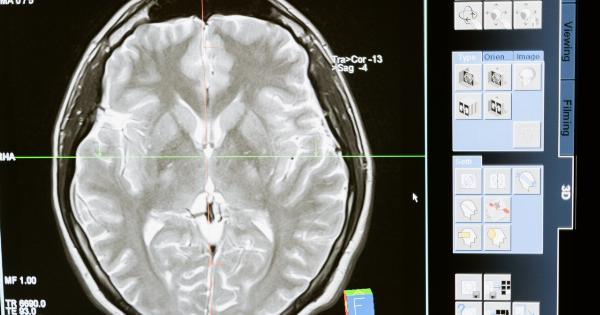Periodontitis, also known as gum disease, is a dental infection that affects the gums, bones, and tissues around your teeth. Hypertension, on the other hand, is a medical condition characterized by high blood pressure levels.
While these two diseases may seem unrelated, research has shown that there exists a strong connection between periodontitis and hypertension. This article aims to explore the link between these two diseases and how they affect each other.
What is Periodontitis?
Periodontitis is among the most prevalent dental diseases globally, with about 47.2% of adults aged 30 years and above having some form of gum disease.
Periodontitis occurs due to bacteria present in dental plaque and tartar that accumulates on teeth over time. When left untreated, such bacteria destroy tissues and bones that support teeth, leading to tooth loss.
What is Hypertension?
Hypertension is a medical condition characterized by high blood pressure levels. Blood pressure refers to the force of blood that flows against the walls of blood vessels, and it is usually measured in millimeters of mercury (mmHg).
Hypertension is a progressive disease that increases the risk of other severe health conditions such as heart disease, heart failure, stroke, and kidney damage.
The Link between Periodontitis and Hypertension
Over the years, research has established a clear association between periodontitis and hypertension. According to numerous studies, gum disease tends to worsen blood pressure levels and can lead to hypertension.
The hypothesis is that the bacteria found in dental plaque and tartar enter the bloodstream through the gum tissues and trigger an inflammatory response that causes blood vessels to constrict, leading to hypertension. Additionally, when periodontitis is present, the body’s immune response tends to release substances that cause inflammation and damage blood vessels.
A study published in the American Heart Association’s journal, Hypertension, indicates that treating periodontitis can help in reducing blood pressure levels.
If gum disease is left untreated, it can lead to increased inflammation and other health complications, making it essential to visit your dental health professional regularly. By treating periodontitis, it is possible to reduce systemic inflammation, which contributes to hypertension, and hence lead to better cardiovascular health.
Other Associated Risks
Periodontitis and hypertension do not only affect the health of your gums and blood vessels; they are also associated with other health risks. Studies have shown that gum disease can lead to diabetes, stroke, heart disease, and preterm birth.
On the other hand, hypertension is associated with kidney disease, dementia, and diabetes.
How to Prevent Periodontitis
Preventative measures are key in ensuring that you maintain good gum health. Some of the best measures to prevent gum disease include:.
- Brushing your teeth at least twice a day with fluoride toothpaste
- Flossing daily to remove plaque and food that your toothbrush cannot reach
- Regular dental checkups and cleanings by a dental health professional
- Avoiding smoking and tobacco use
- Avoiding sugary foods and drinks that contribute to plaque buildup
Conclusion
Periodontitis and hypertension have a strong correlation, and it is essential to monitor and treat them early to prevent severe health complications.
Regular dental checkups and cleanings, along with healthy oral hygiene practices, such as brushing and flossing, can go a long way in preventing gum disease. On the other hand, lifestyle modifications, such as exercising, quitting smoking, and consuming a healthy diet, can help manage hypertension and improve your overall health.




























